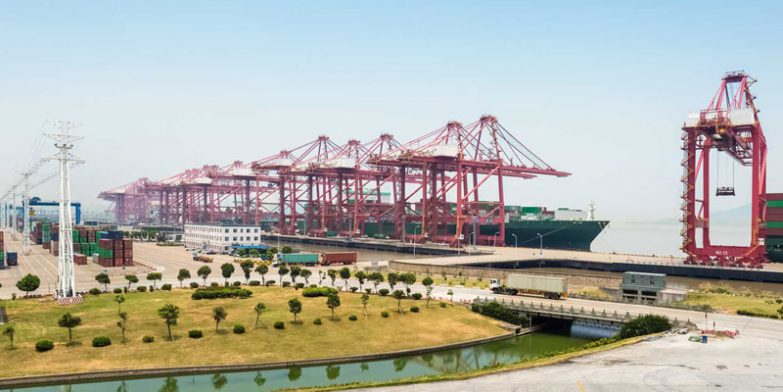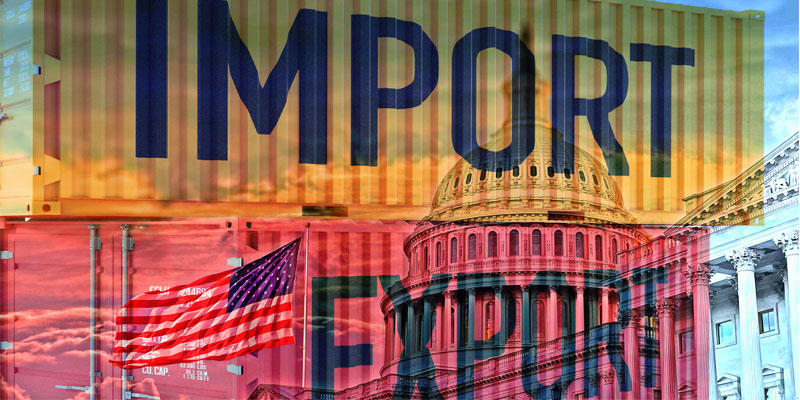
As we were moving through the final quarter of 2023 – before the Red Sea Houthi attacks started – the outlook for the container shipping lines continued to look gloomy, with the global downward trend looking likely to follow the same soft market it had done for the previous year and a half.
Overall trade relative to available capacity – supply and demand – had returned to favour shippers and while some regional or route specific exceptions remained, these were largely systemic or operational, like the Panama Canal drought restrictions, labour and weather disruptions.
The current Red Sea crisis has shifted the market balance – albeit temporarily – in the carriers favour, but it also raises questions about the binary balance of power between carriers and shippers.
This crisis is different from those preceding it, most notably the vessels need to divert away from the Red Sea and sail around the Cape of Good Hope (COGH), with corresponding surcharges to compensate for the extra vessel costs.
Shippers groups point out that if the container shipping lines decide to head to the Red Sea and then subsequently divert around COGH, that is an operational decision based on a known risk and shippers should not have to pay for the carrier’s decision.
Ideally shippers would pay a temporary surcharge based on the net difference in operational expense averaged over the vessel’s capacity of the vessel, while supply is short relative to demand.
The carriers will never acquiesce because of the the short-term supply and demand spike created by the initial diversion away from the Red Sea, and the carriers diversion of capacity for the longer sailing transit via the Cape is creating different dynamics in other markets.
India to US shipping line have substantial general rate increase (GRI) and peak season surcharge (PSS) plans for March and even though many carriers have one to two week cargo backlogs uncertainty remains that there will be sufficient demand for the increases to stick.
The ‘Red Sea’ spike will disappear completely, and quickly swing the other way, when carriers are able to resume passage through Suez and more new ultra-large container ships are delivered.
However, in the near term, this does mean that carriers may be in a stronger position to add more general rate increases (GRI) or at least resist any further decreases in rates.
We are starting to see some shortages of equipment in key demand locations due to the Red Sea disruption, but this is also a structural issue of supply and demand imbalances across individual port pairs and lower port utilisation affecting carriers’ schedule reliability and capacity.
While some shippers seek to benefit from existing low rates these may not be attractive to carriers as demand changes and shippers interested in stability should be prepared to pay a modest premium for that assurance of supply.
The release of January reliability data from Sea-Intelligence shows a strong, and expected, impact of the Red Sea crisis. Global reliability has dropped to a point where only half of vessels arrived on time versus a pre-pandemic normality of 70-80%
Whenever the market shifts abruptly, costs and schedules do too, which typically triggers numerous emails and phone calls between shippers and their forwarders or carriers, as they request updated information on cargo loaded and vessel position.
However, the reality is that the carriers own systems, schedules and updates frequently lag the actual current situation.
It’s clear that in an environment that can change so rapidly, businesses require reliable information on their cargo’s position and accurate vessel ETAs, so that they can plan accordingly.
Our new Clarity Track & Trace uses 100% verified data, for better planning, risk mitigation, and demurrage & detention avoidance. LEARN MORE.
If you have any questions or concerns about the issues raised here, or would like to discuss their wider implications, please EMAIL Andy Costara.
For US related supply chain questions or concerns please EMAIL Adam Davies, our Vice President in the United States.





